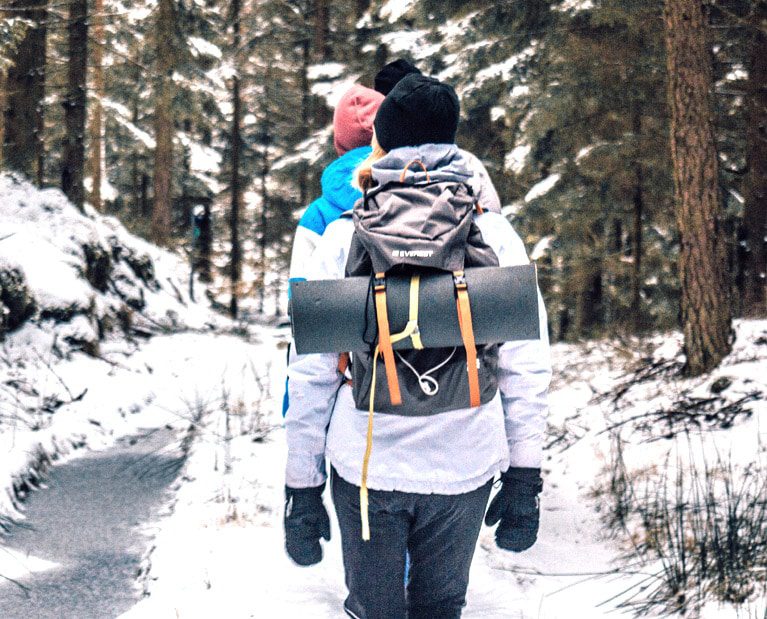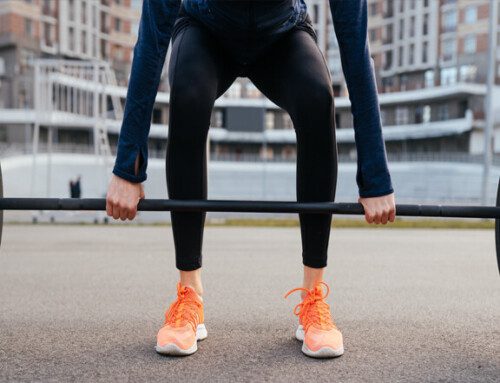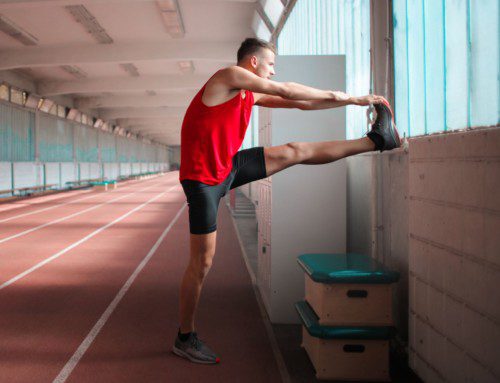The temperature is dropping, but that doesn't mean your exercise routine has to drop with it. However, there are a few things to consider before heading outdoors in the winter to exercise.
The risk factors for cold injury include:
- Weather conditions
- Low muscle mass
- Improper gear or clothing
If you want to keep up your fitness routine and continue exercising outdoors, follow these guidelines for a safe winter workout.
Check the Weather
Make sure you're aware of all the current weather conditions before going out in the cold for a workout. It's important to keep an eye on not only just the temperature but also the wind chill when determining what clothes to wear.
Wind chill is a measure of the environmental temperature along with the wind speed. When the wind chill is exceptionally low, it might be unsafe to exercise outdoors, as any exposed skin may be subject to frostbite. Note: If you suffer from Raynaud's Disease or asthma, working out in the cold may be more than uncomfortable for you. Please consult your doctor before exercising in the winter.
Layer Up
Wearing layers is essential to regulate your body temperature when exercising in the cold. Be sure to wear layers you can easily remove but keep with you:
- A base layer of synthetic wicking material will keep you warm and dry by wicking sweat away from you. Try to avoid cotton clothing, as sweat won't evaporate quickly.
- Next, try a layer of fleece or wool for insulation and cover up with a windproof or waterproof material to shield you from the elements.
- If you're concerned about wind chill, put on a hat or headband and gloves that are easily removable and storable in pockets or waistbands.
If you exercise in the mornings or evenings, it is crucial to remain visible as it gets darker earlier in the winter. Reflective gear and lights on your shoes or head will ensure passing cars and bikes see you with ease.
Stay Hydrated
Just because it's not as hot and humid in the winter, that doesn't mean you won't sweat! Don't forget to hydrate before, during and after your workouts in the winter. The air tends to be less humid and drier in the winter, which can facilitate dehydration even further. During exercise, you should drink 7-10 ounces of water every 15 minutes or so.
Don't Skip Your Warm-ups
As always, a good warm-up is critical to prepare your muscles and joints for exercise. In cold weather especially, warming up until you're a little sweaty is essential to prevent injury and ready your heart for activity. Whether it's stretching, a slow jog, or jumping rope, be sure to spend an adequate amount of time moving before your workout.
Want to stay healthy and active year round? The physical therapists at SetPT can help you create an exercise plan for every season. Contact your local SetPT today to schedule a movement assessment!





